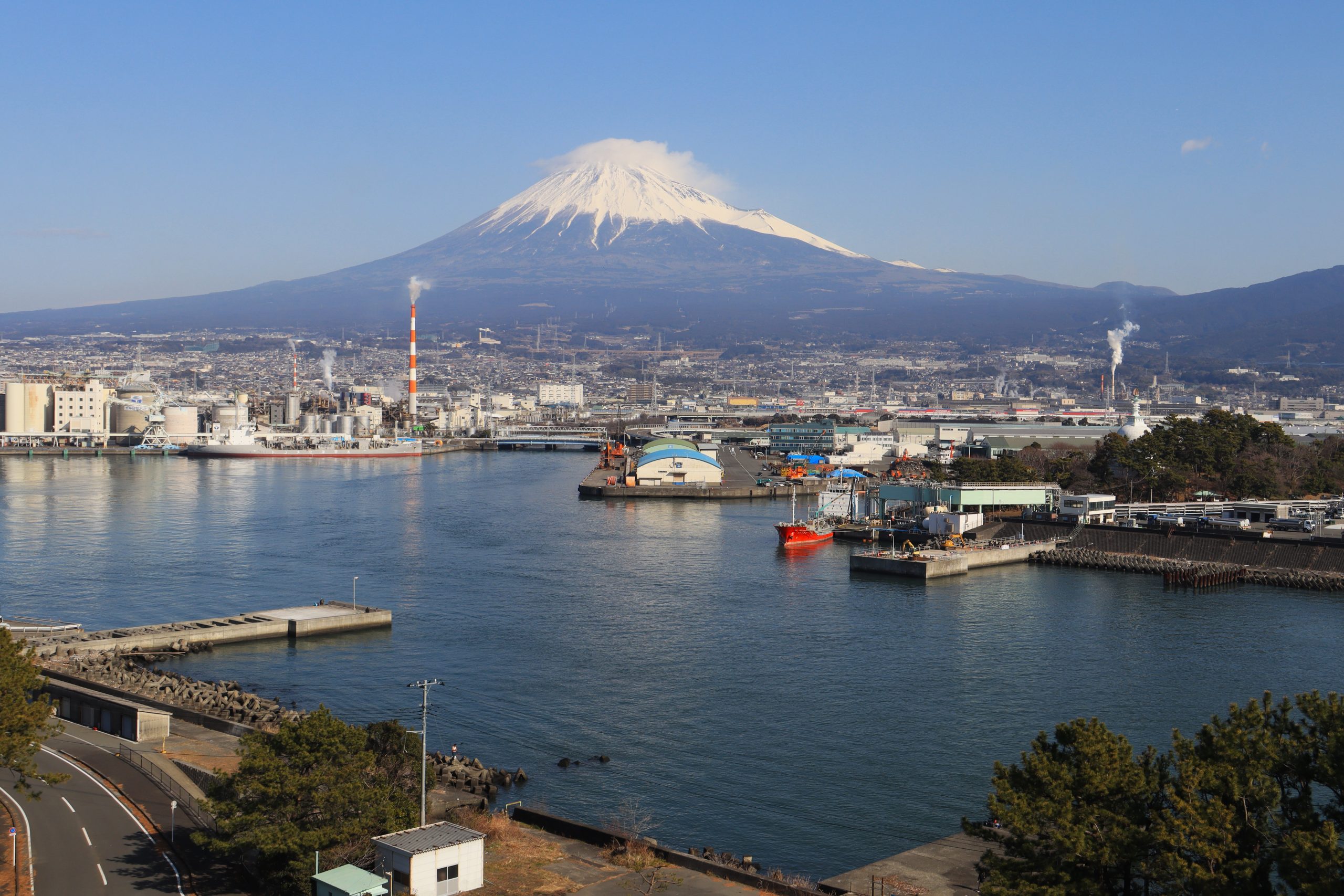You know how when you picture Tokyo, your mind probably conjures up those crazy-bright lights of Shibuya, that feeling of being absolutely swallowed by the crowds at Shinjuku? Yeah, me too. But honestly, there’s this whole other side to Tokyo, a quieter vibe that feels like stumbling upon a secret. That’s Yushima and Kanda for you – two neighborhoods snuggled up next to each other, and they feel like pages ripped straight out of a much older book.
Think way, way back, before the skyscrapers and the bullet trains. Tokyo was Edo then, a real hub of smart folks, spiritual spots, and a kind of old-school elegance. Yushima and Kanda? They’re like the last genuine echoes of that time, still breathing with that old-world charm, but not in a way that’s all in your face, you know? It’s subtle, like a quiet conversation you have to lean in to hear.
Yushima: Where Brainpower Feels Almost Tangible
Nestled just so between Kanda, Ochanomizu (say that five times fast!), and Hongo, Yushima has been the thinking heart of this area for ages. We’re talking all the way back to 1690 when Yushima Seido popped up – the first proper learning institution around. And it wasn’t a one-off; over time, schools and universities just gravitated there, like moths to a streetlamp. Even now, the super prestigious University of Tokyo calls Yushima home, along with a whole bunch of other academic joints. Seriously, over half of Japan’s uni students are kicking around this area. Walk the streets, and you can almost feel it – that low-level hum of knowledge just… happening.
But Yushima’s not all about hitting the books. It’s got a soul too, a really captivating spiritual side:
- Yushima Shrine (Yushima Tenjin): This place goes way back – like 458 A.D. old! It’s a really peaceful Shinto shrine, famous for its gorgeous plum blossoms that paint everything in soft pink and white in early spring. But the real draw? It’s connected to Sugawara no Michizane, this super-respected scholar who became the deity of learning. Come exam season, the place is packed with students clutching their lucky charms and scribbling their hopes onto these little wooden prayer tablets called ema. Each one’s like a silent wish floating up into the air. You can almost feel their nervous energy and hopeful anticipation.
- Kyu-Iwasaki Gardens: Just a hop, skip, and a jump from Yushima Station, this elegant estate used to belong to Iwasaki Yataro, the guy who founded Mitsubishi. Designed by this British architect, Josiah Conder, back in 1896, the Western-style house and the gardens around it are now this incredibly tranquil, refined escape. It’s a rare peek into how the bigwigs lived during Japan’s Meiji era, tucked right in the middle of the city’s hustle. Funny how you can find these pockets of calm amidst all the action, isn’t it?
It’s kind of cool how Yushima balances the brainy stuff with this quiet spiritual side, almost like they need each other.
Kanda: From the Stylish Set to Stacks of Stories
Right next door, just northeast of the Imperial Palace, Kanda used to be the place for Edo’s cool crowd – the merchants, the business folks, anyone who was anyone. For tourists, it might fly a bit under the radar, but Kanda’s got this charm that hasn’t faded a bit. Especially for students who wander over from Yushima, it’s like this amazing treasure trove of bookstores, colleges, and these little cultural gems that feel more like local secrets than tourist traps.
Seriously, books are everywhere in Kanda. You’ve got the big chain stores, sure, but then you stumble upon these tiny, dusty shops crammed floor-to-ceiling with vintage books and all sorts of academic oddities. For a student making their way over from Yushima, it’s like an intellectual candy store – every little alleyway holds the promise of some amazing discovery. You can almost smell the old paper and ink.
And there’s more to Kanda than just books:
- Kanda Myojin Shrine: Dedicated to three pretty powerful deities – including Daikokuten, the god of wealth – this shrine is buzzing with spiritual energy all year round. But every other May, it explodes into one of Tokyo’s biggest festivals, the Kanda Matsuri. Think huge, elaborate parades, traditional music, incredible costumes, and just this infectious joy in the air. Even when it’s not festival time, people come here to pray for their businesses to do well, for some good fortune, or just a little bit of luck. You can see the sincerity in their faces as they offer their prayers.
- Yushima Seido (Yep, Again!): We already talked about it as the heart of learning, but Yushima Seido is also this really unique tribute to Confucius. The philosophy he inspired shaped Japanese society for centuries, and this temple stands as this quiet, elegant nod to that legacy. It’s a really serene, reflective space – perfect for just thinking big thoughts or simply soaking in the calm. It’s interesting how one place can hold so much meaning, right?
- Nikolai-do (St. Nikolai Cathedral): Now, this is something you might not expect in the middle of Tokyo – a grand Russian Orthodox cathedral with this distinctive green dome and Byzantine style. The original building took a hit in the 1923 earthquake, but it was lovingly rebuilt in 1929 and is still the main center for Orthodox Christianity in Japan. It’s not just a religious site; it’s a symbol of different cultures coming together, of bouncing back after tough times, and just plain beauty. It kind of makes you stop and think.
Where Old Stories Still Breathe the Same Air as Today
What’s so special about Yushima and Kanda is how they give you this completely different take on Tokyo. It’s not all about the flashing lights and the latest gadgets. These neighborhoods still have this rhythm from the Edo period – the focus on learning, that sense of spiritual respect, and a quiet kind of class. They don’t try to compete with Tokyo’s more famous spots; they add to them, they give you another layer.
So, if you ever find yourself in the middle of all that Tokyo energy and you’re craving something a bit more… grounded, something with a bit more soul – take a wander through Yushima’s shrines, get lost in a Kanda bookstore, or just sit in one of those gardens and listen. History isn’t just in the books here; it’s still hanging in the air, just waiting for you to notice it. It’s like the city has these little quiet corners where you can hear its history whispering.



